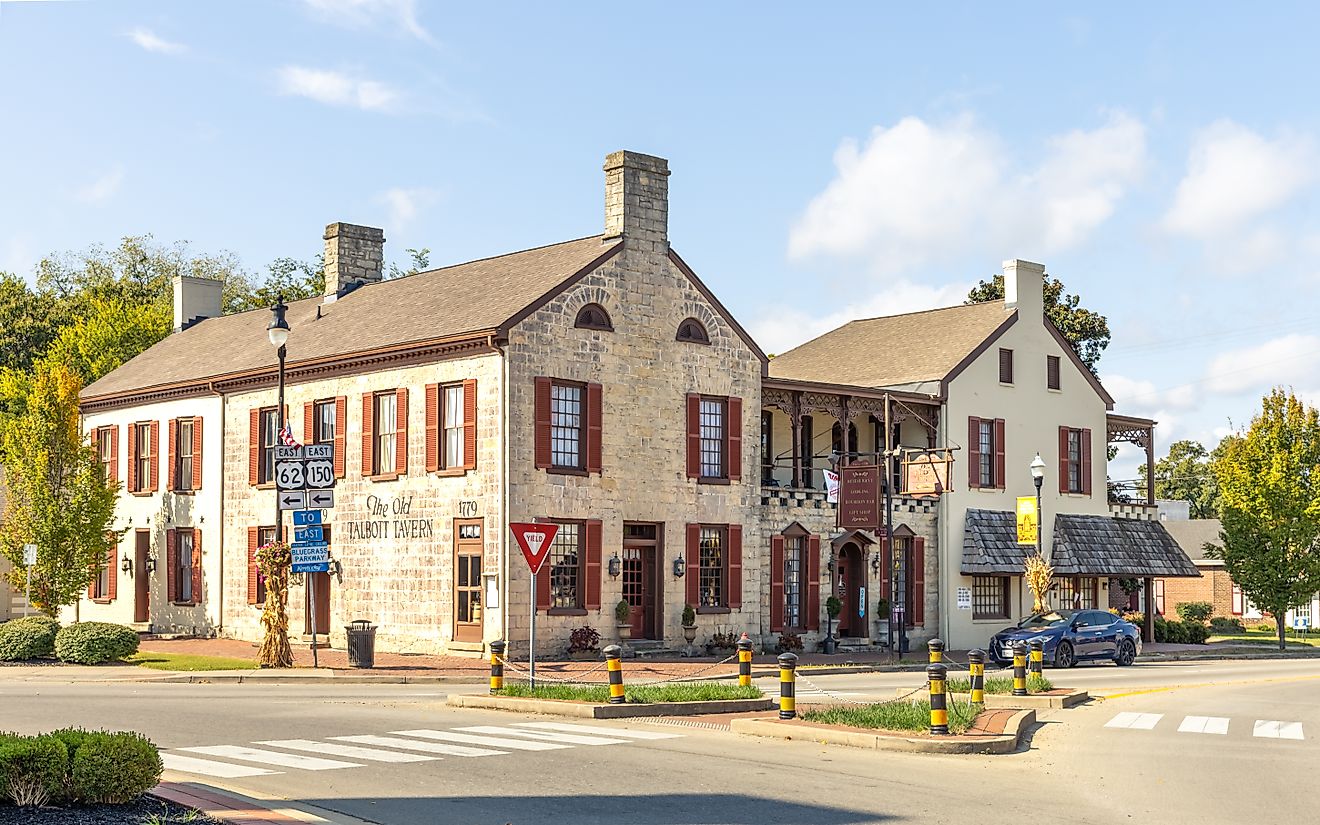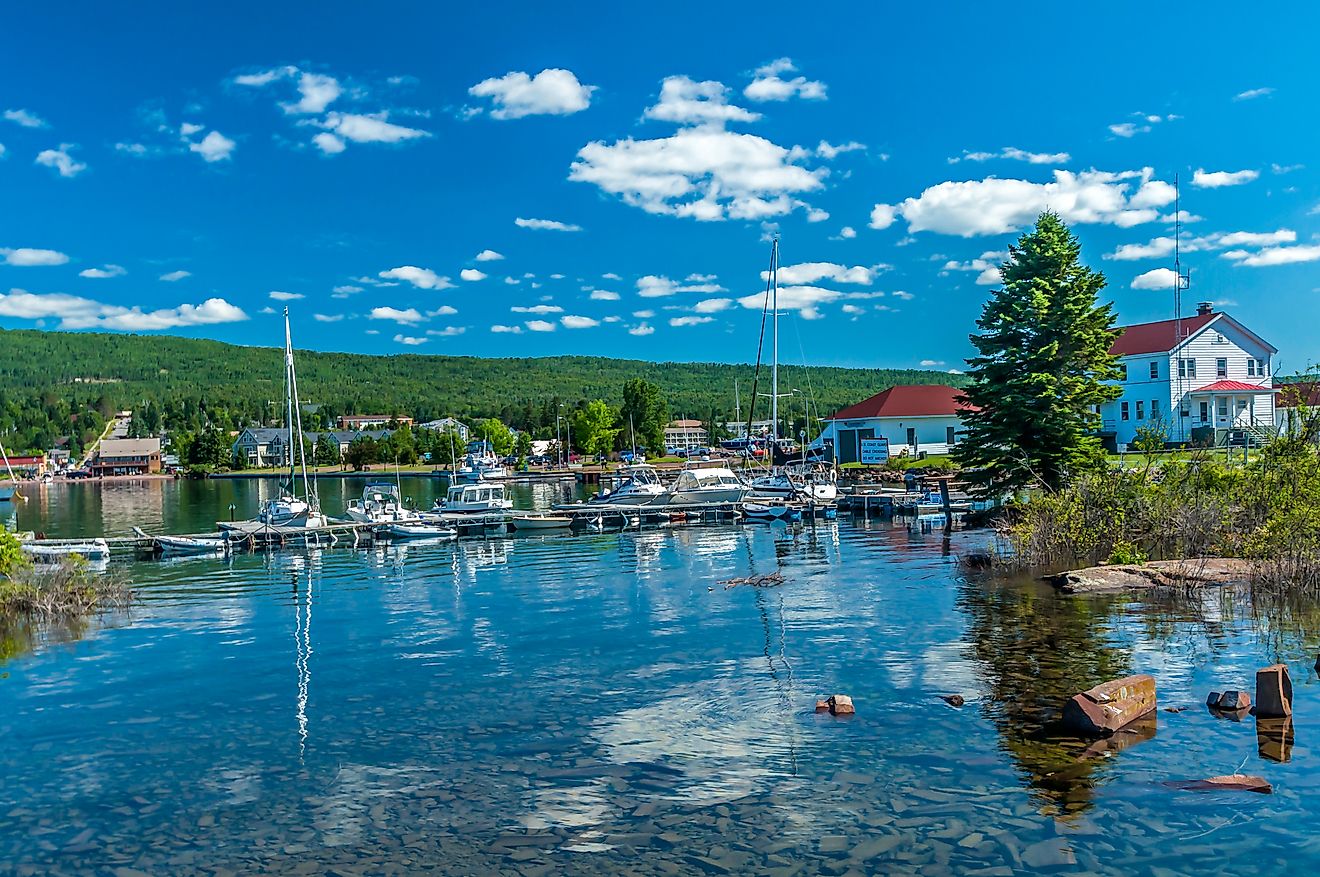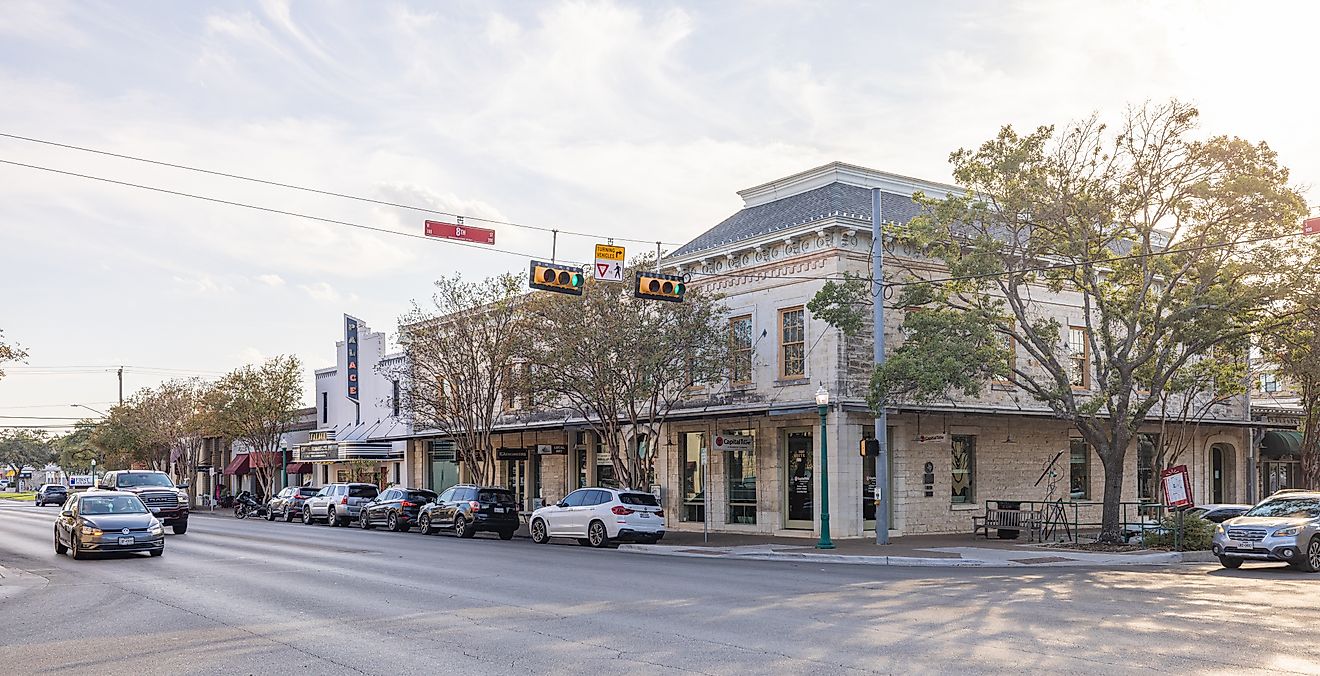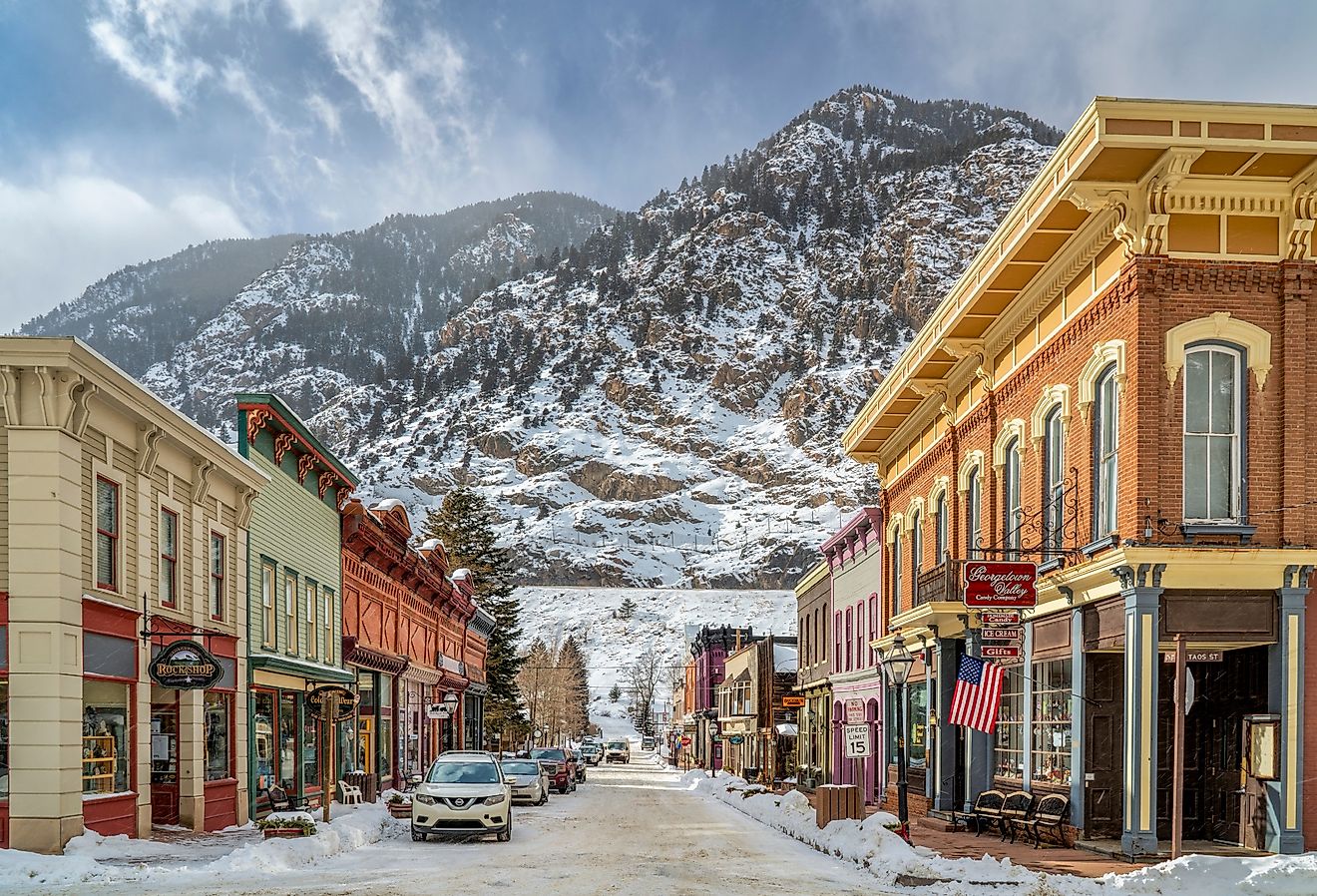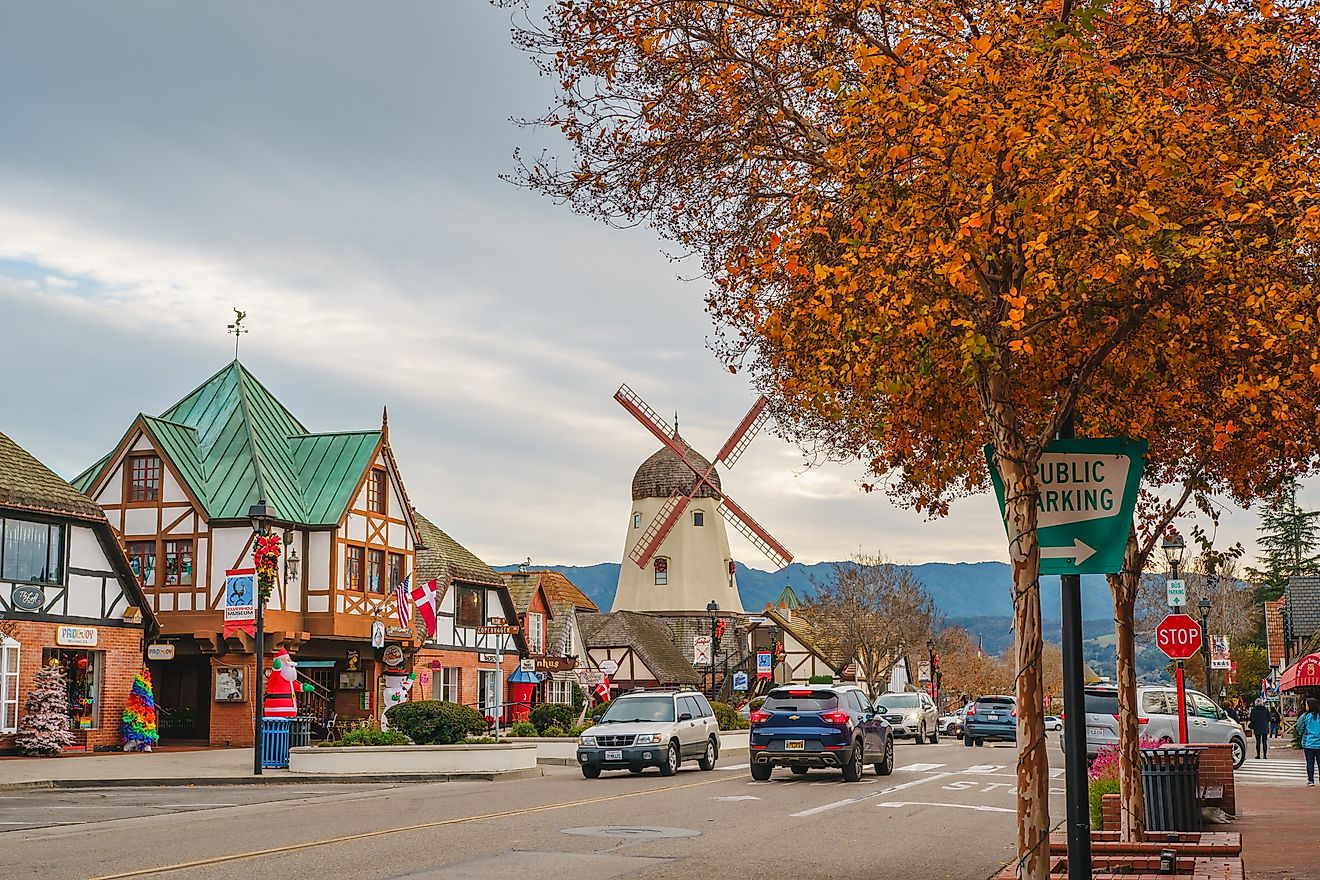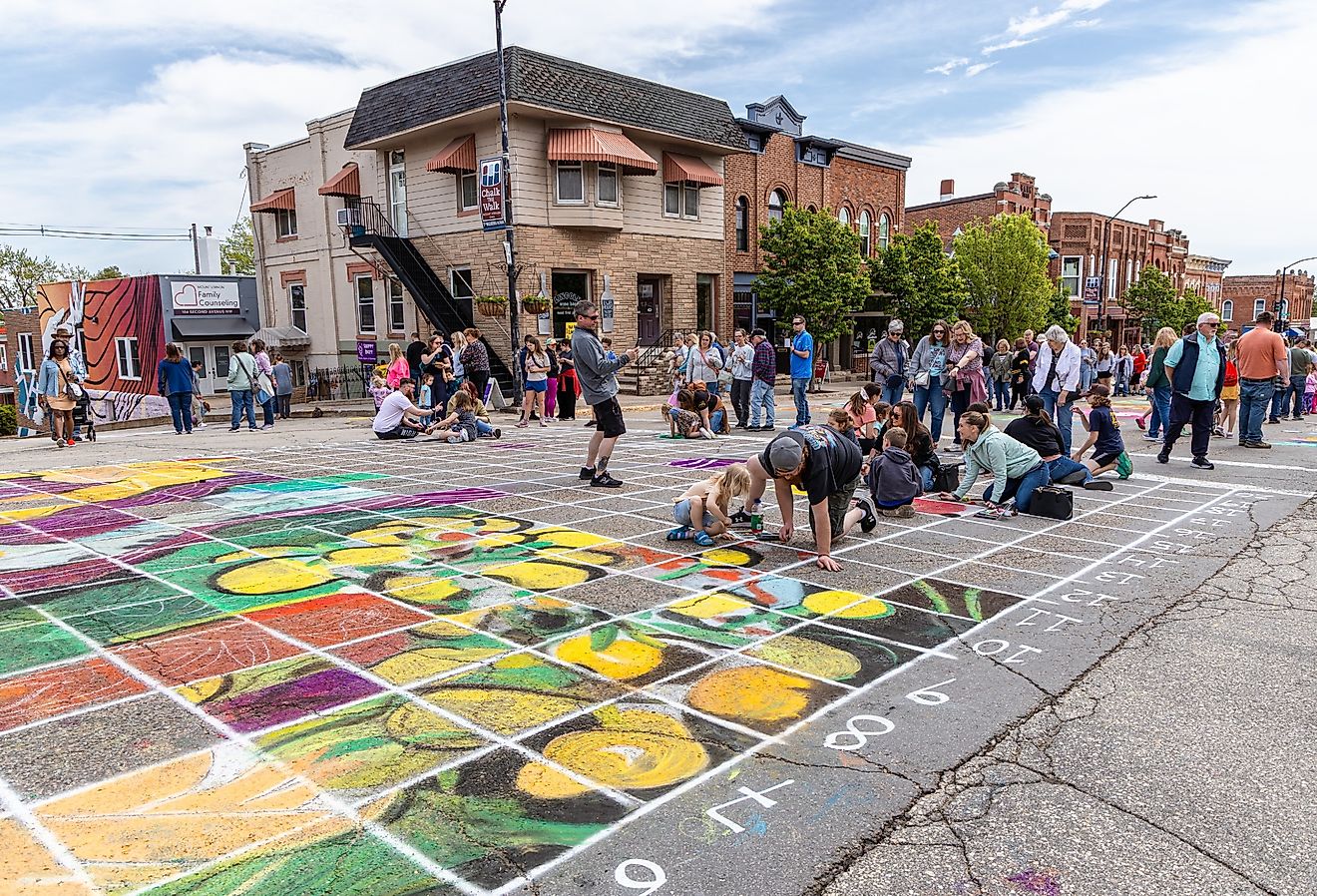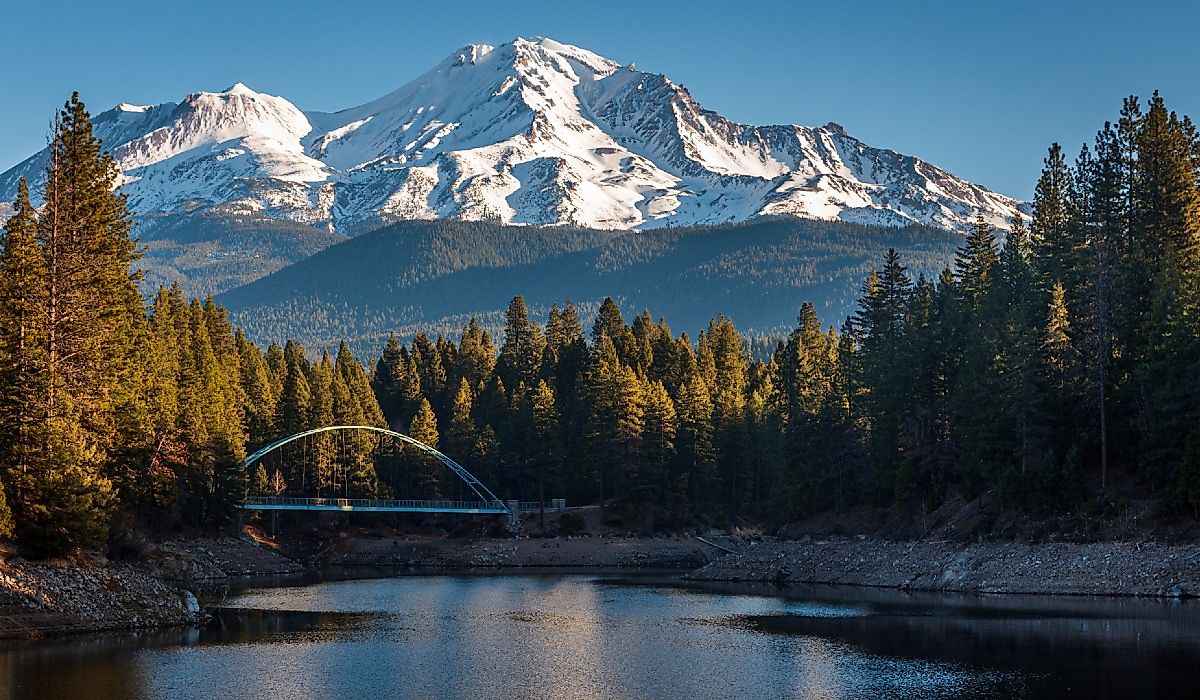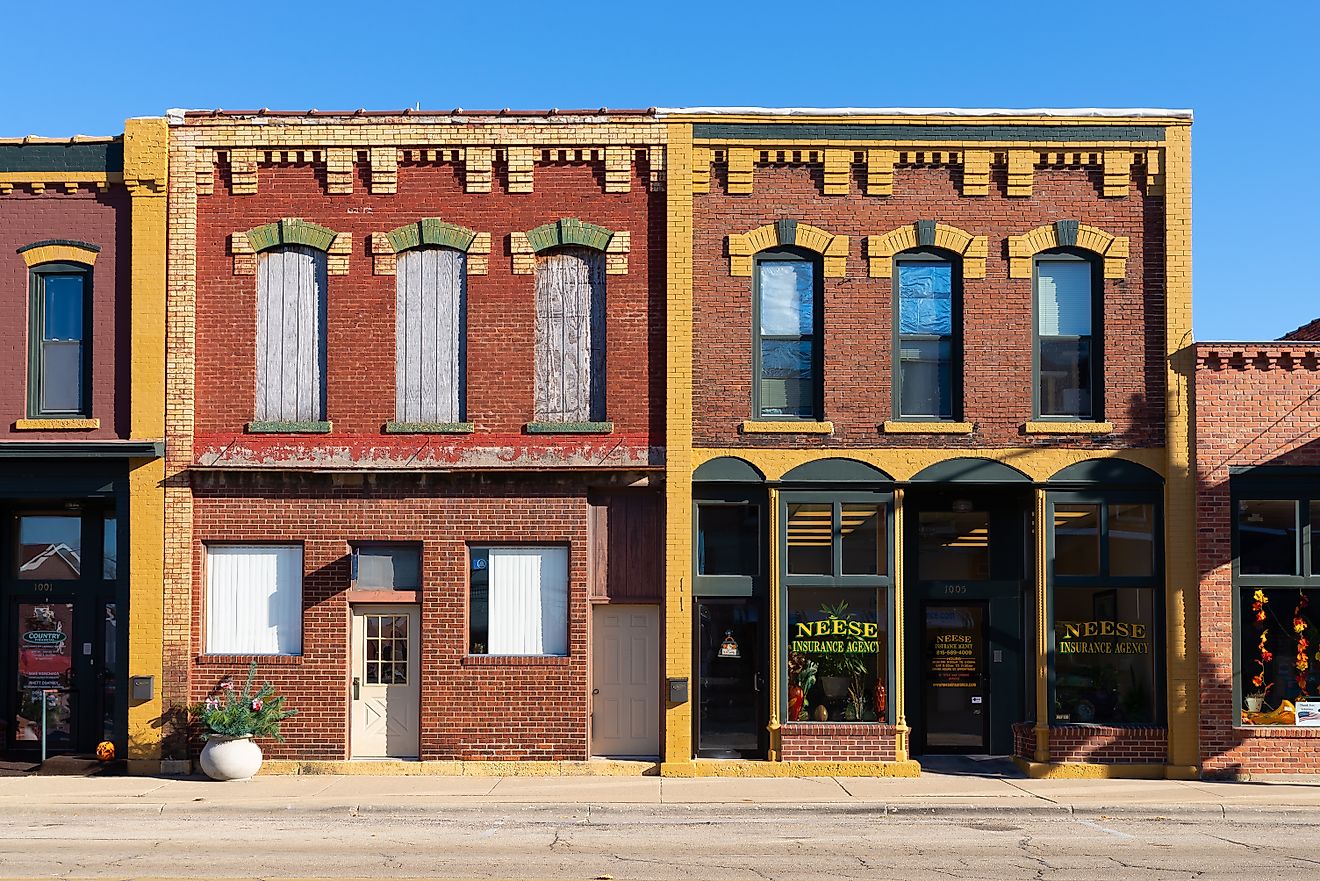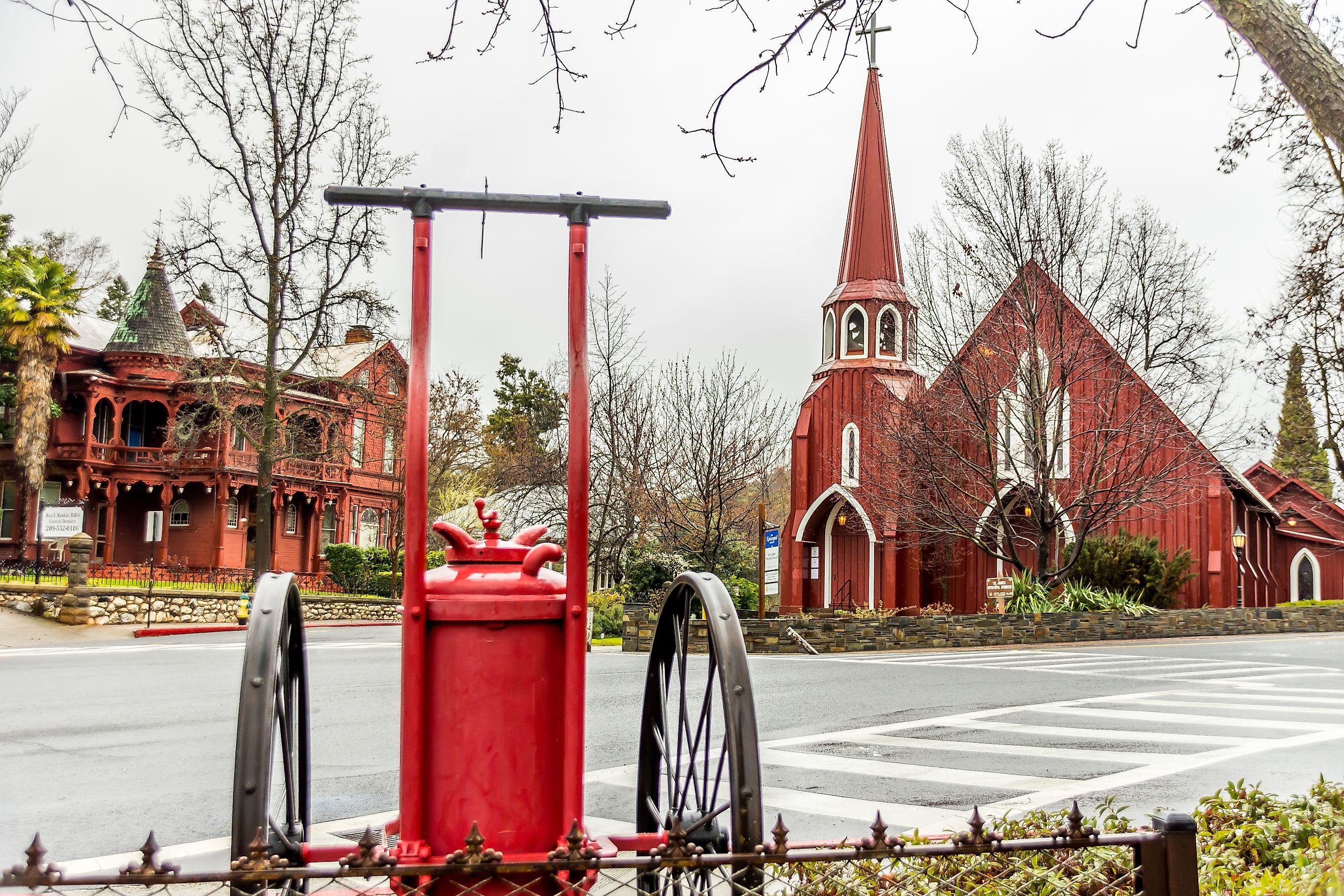
7 Towns In California's Sierra Nevada With Rich History
California's Sierra Nevada mountains combine dramatic histories with an active, awe-inspiring present. The region's name, rooted in the Spanish colonial period and often translated as "snow-covered mountains," forms a western territorial spine across central California and nearby Nevada. The region has drawn gold diggers, fortune seekers, and creative spirits of all kinds — not least Mark Twain, one of the finest writers in US history, who used the region for literary inspiration. Dreamers like these have been drawn to Sierra Nevada's beauty and the rich history of its towns for generations, and modern visitors are no different.
Angels Camp
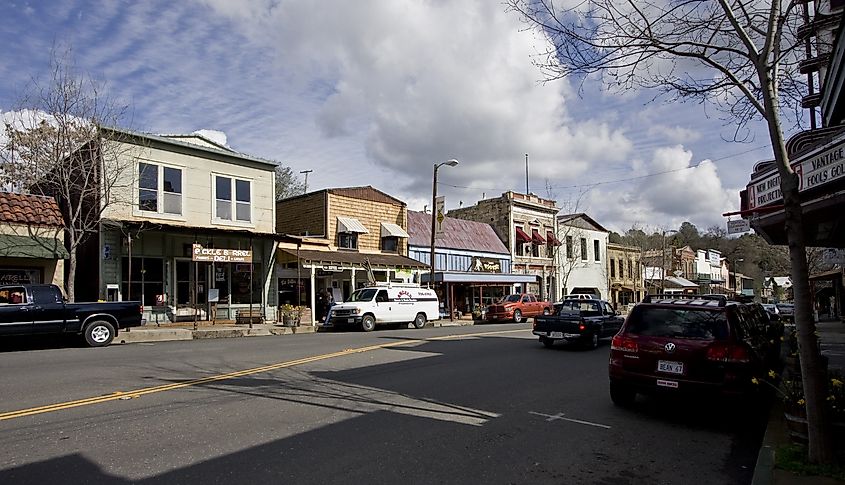
With 3,800 souls, the town of Angels Camp, also known as Angels, has seen visitors as good as its name suggests and a few not-so-good ones, too. It began as a mining camp, taking its name from one Henry Angel, sometimes spelled Angell, a Rhode Island native who, in 1848, set up a store for miners there. The town got a boost of fame as the setting of "The Celebrated Jumping Frog of Calaveras County," an 1865 short story by the pre-eminent American author Mark Twain. Ever since, the town has sometimes gone by the moniker "Frogtown."
Angels Camp, incorporated in 1912, is the sole incorporated town in Calaveras County, which only has 46,600 people county-wide. Yet the place hardly lacks charm or things to do. Each May, the town's fairgrounds host a Jumping Frog Jubilee, and the town itself is a California Historical Landmark. Nature seekers will enjoy the Tuttletown Recreation Area just south of town, which sits on the shores of New Melones Lake. Stanislaus National Forest lies northeast of town.
Lake Isabella
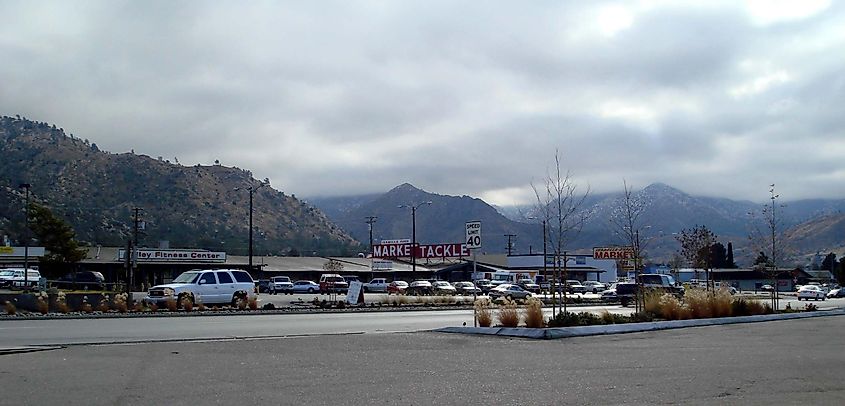
Lake Isabella, population 3,600, lies east of Bakersfield, near the southern end of the Sierra Nevada. Originally just named "Isabella," after the 15th-century Spanish queen, the town was established by the American Steven Barton much later, in 1893, following a trend of Spanish names at the time. The town's natural features are Lake Isabella's biggest draw these days. Whitewater rafting fans like the North Fork of the nearby Kern River, while the Kern also attracts fishermen and scientists, given the presence of the Golden Trout species in this waterway. The species, also known as the Little Kern Golden Trout, is the official freshwater fish of California. For sublime views and hiking, head to Breckenridge Mountain or Piute Peak, both south of town.
Coarsegold
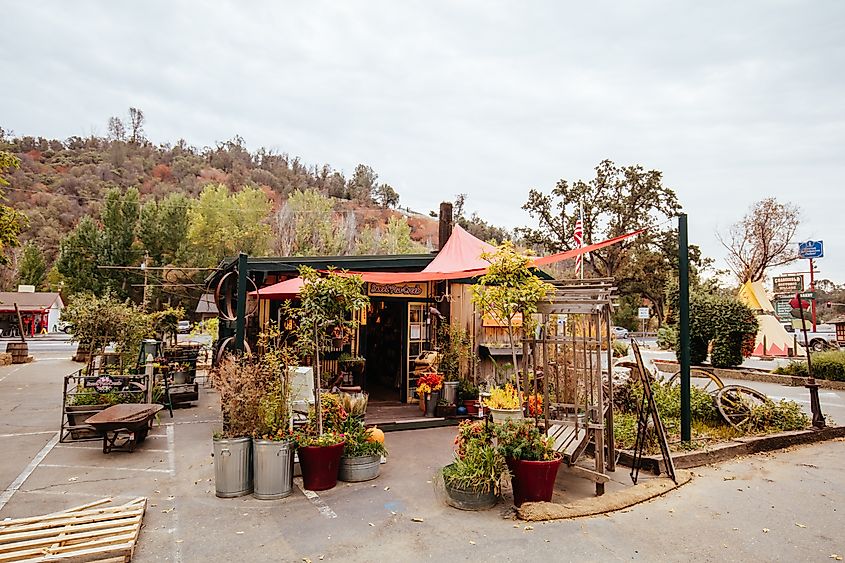
Coarsegold, with 4,800 residents, is a rapidly developing town whose history extends back to California's 1849 gold rush. Previously called by several names — including Texas Flat, Gold Gulch, and Coarse Gold Gulch — the town, about 40 miles north of Fresno, these days bring in visitors on their way to or from Yosemite National Park.
The town's natural offerings include an unusual feature, though some find it (literally) creepy. Each fall brings the mating season for local populations of giant spiders called tarantulas. The Coarsegold Tarantula Festival takes place each October, with spider races and "hairiest legs" competitions for the male and female critters. For an out-of-town getaway, Bass Lake and the Sierra National Forest are located just east of town.
Mariposa
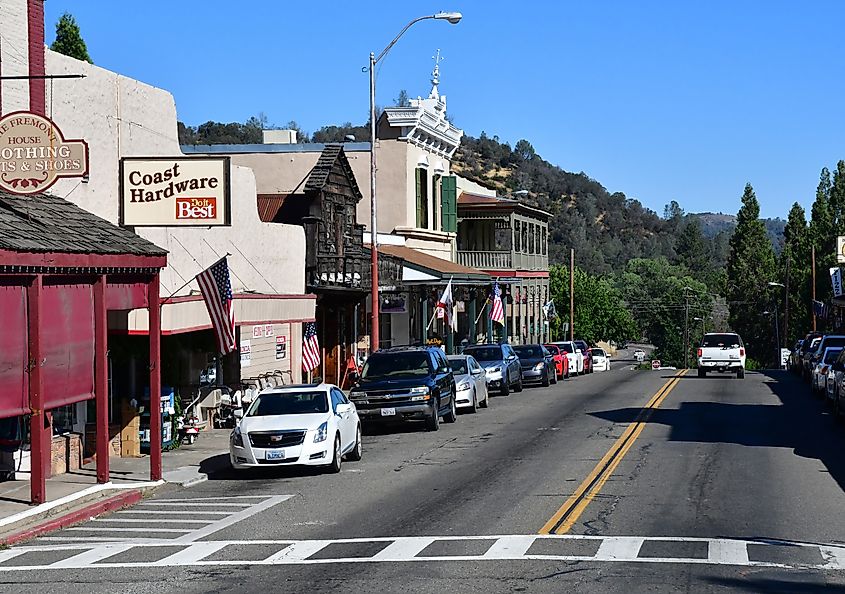
Mariposa, at a modest 1,300 inhabitants, makes for a smaller Sierra destination. The town sprung up on the foundation of a mining camp along the nearby Agua Fría Creek before continuing to grow over the later 19th century. World War II pilots trained at the Mariposa airfield. US government authorities would eventually convert the site into the grounds of the Mariposa-Yosemite Airport. Though unincorporated, Mariposa serves as the seat of surrounding Mariposa County. For fans of historical architecture and design, visit Mariposa County High School, erected in 1914. Midpines Park offers a natural retreat northeast of town, while adrenaline junkies can test their mettle at Yosemite Skydiving to Mariposa's northwest.
Sonora
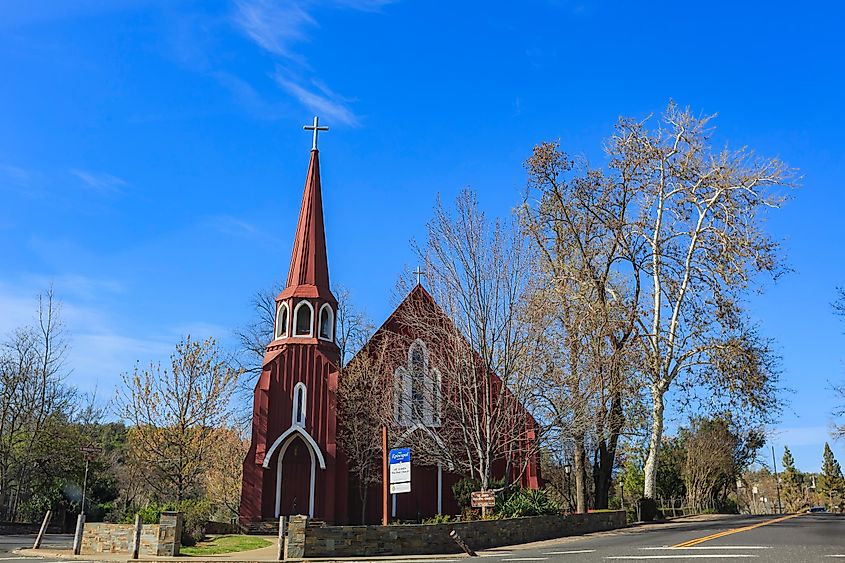
Sonora, population 5,000, sits southeast of Angels Camp. Initially a hub for gold-seekers from the Mexican state of Sonora, the place evolved to become a haven for European Jews fleeing persecution in the later 19th century. Sonora's past lives on in its protected architecture, notably the City Hotel, finished in 1852, and the Sonora Inn from 1896, built in the Spanish Mission Revival style.
More contemporary (and equally pretty) sights in Sonora include the Tuolumne County Museum, run in a former jail, the nearby Railtown 1897 State Historic Park, and most of all, Yosemite National Park, the globally famous park an hour's car ride east of here.
Truckee
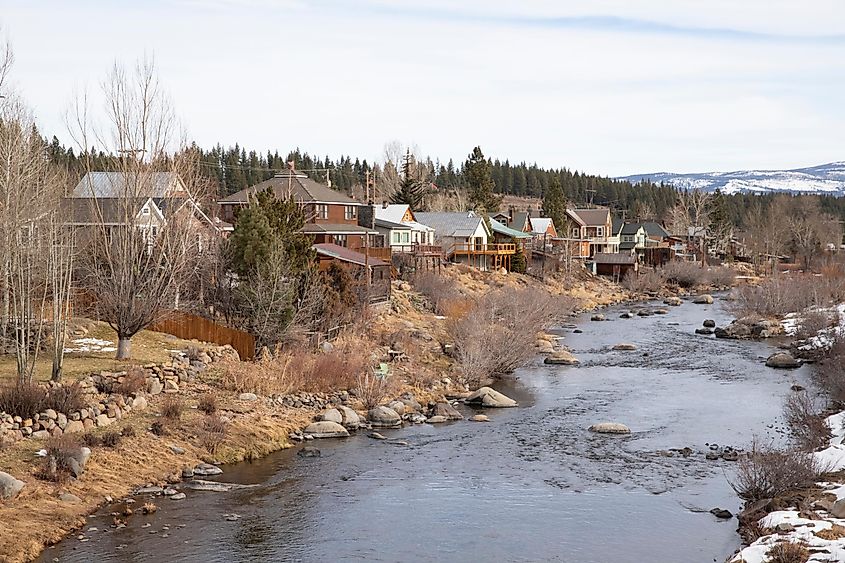
The high-elevation town of Truckee, population 16,900, sits at more than 5,800 feet and is not far from the natural playground at Lake Tahoe. Truckee, its name derived from a Paiute tribal expression meaning "Everything is all right," used to be called Gray's Station. The latter name was the destination of some of California history's unluckiest travelers: the Donner Party. Led by the Donner family, the group (or party) became stuck in the Sierra Nevada mountains in the harsh winter of 1846-1847. About half lived through the winter, while some resorted to cannibalism to survive. A monument remembers the Donner Party's story in Donner Memorial State Park, south of town.
More recently, Truckee has become a center of snowsports like skiing and snowboarding, with amateurs and professionals using the town as a base. The Tahoe Donner Downhill Ski Resort stands inside the western city limits. Truckee is a stop along the California Zephyr line of Amtrak, the US rail network.
Chester
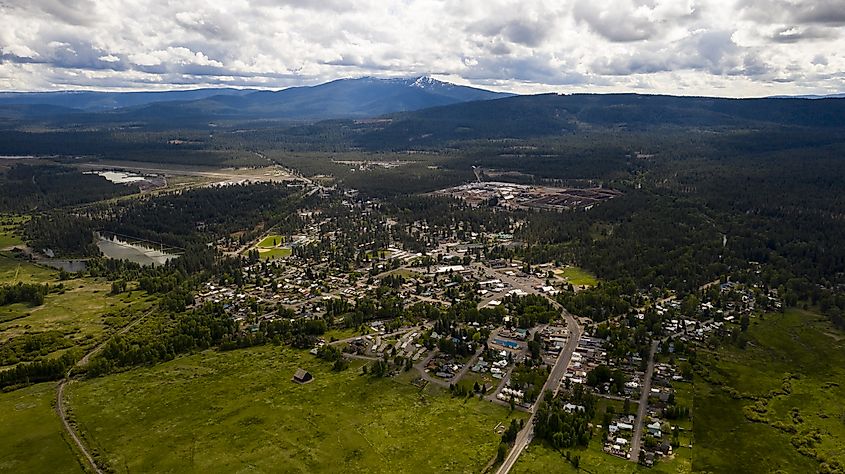
Chester, population 2,300, is a north-Sierra town and for many, the route to or from the Sierra Nevada range. Once called Big Meadows, Chester produces lumber and offers services for nature-based tourism. Lassen Volcanic National Park, Lake Almanor, and the historic Drakesbad Guest Ranch have long been visitor favorites. Camp Fleischmann, a property of a local Boy Scouts of America chapter, welcomes young campers each summer. History buffs will enjoy the Chester-Lake Almanor Museum, which gives a look at local history and creative output. Chester Park offers green space by Lake Almanor. Golf lovers may opt for the Lake Almanor West Golf Course; otherwise, take it easy at Catfish Beach, on the lake's northern shore.
The Sierra Nevada: The Heights Of Northern California Beauty
The Sierra Nevada, as these dynamic towns show, offers a diversity of history, culture, and the modern outdoors. Lake Isabella and Chester offer waterside fun. Sonora offered opportunities and shelter to immigrants from Mexico and Jewish Europe. Other historic towns — from Angels Camp to larger Truckee — have influenced Californian and American culture at large. Travelers bound for Yosemite or any of the Sierra Nevada's other fascinating and beautiful places will find both planned and unplanned adventures in this attraction-packed region.

